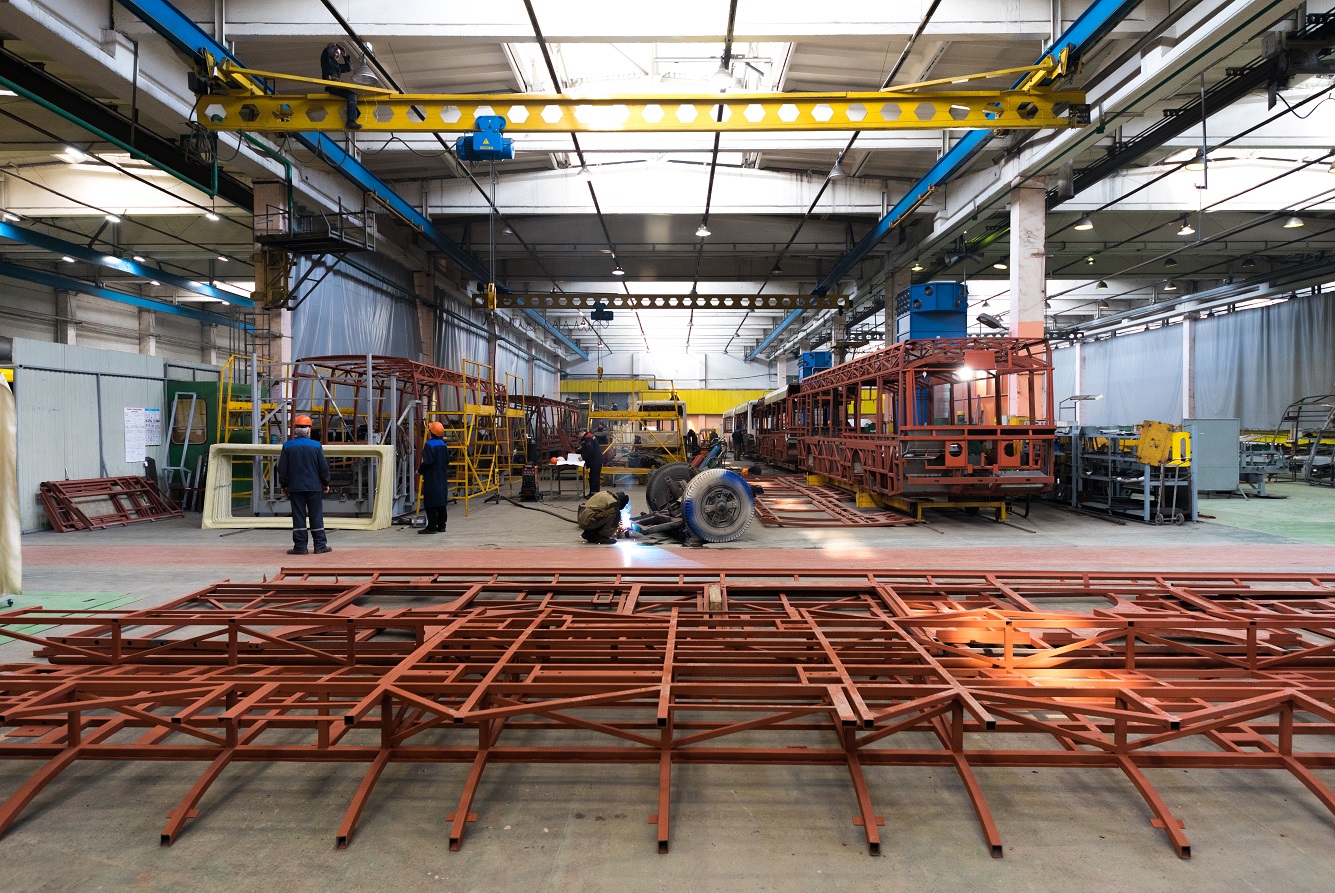
Steel is an important building material in the construction industry. It is used in almost every construction project, from skyscrapers to bridges. The steel supply chain in Albuquerque is an important and complex system that requires attention and management to ensure its smooth operation. The steel supply chain, however, is not immune to risks that can impact the timely delivery of steel products. This article will explore some of the risks associated with the steel supply chain and mitigation strategies to address these risks.
Overview of the Steel Supply Chain
The steel supply chain is a complex network of suppliers, manufacturers, distributors, and end-users. The supply chain begins with mining raw materials, such as iron ore and coal, and ends with delivering finished steel products to end users. The supply chain can be broken down into four primary stages: raw material acquisition, steel production, steel distribution, and end-use.
Risks Associated with the Steel Supply Chain
The steel supply chain is complex, with multiple players involved in producing and distributing steel products. The following are some of the potential risks in the steel supply chain:
- Supply Chain Disruptions – Disruptions in the steel supply chain can occur due to various reasons, such as natural disasters, transportation disruptions, labor disputes, and raw material shortages. These disruptions can cause delays in the delivery of steel products, leading to project delays and cost overruns.
- Price Volatility – Steel prices are highly volatile and subject to sudden changes due to global economic conditions, geopolitical events, and supply-demand imbalances. As a result, price volatility can impact project budgets and profitability.
- Quality Issues – Quality issues in steel products can arise due to improper handling, storage, or transportation. Defective or substandard steel products can result in safety hazards, structural failures, and legal liabilities.
Mitigation Strategies for Steel Supply Chain Risks
To mitigate the risks in the steel supply chain, companies must develop effective strategies that address the specific risks they face. The following are some of the strategies that can be used to mitigate the risks in the steel supply chain:
- Diversify Suppliers – Diversifying suppliers can help mitigate the risk of supply chain disruptions. Multiple suppliers for raw materials and finished products can provide backup options in disruptions.
- Hedge against Price Volatility – Hedging against price volatility through futures contracts or other financial instruments can help protect against sudden price changes.
- Quality Control – Implementing quality control measures in steel handling, storage, and transportation can prevent quality issues from arising. In addition, regular inspections and testing of steel products can ensure that only high-quality products are used in construction projects.
- Predictive Maintenance – Companies can adopt predictive maintenance strategies to reduce the risk of equipment failure and production disruption. This approach uses data analytics and machine learning algorithms to proactively predict equipment failure and schedule maintenance, reducing the risk of unplanned downtime.
- Inventory Management – Effective inventory management is critical to reducing the impact of logistics and transportation risks. Companies can maintain adequate inventory levels to ensure they have sufficient stock to meet demand, reducing the impact of transportation delays and other supply chain disruptions.
New Mexico Metals, a leading steel supplier in Albuquerque, understands the risks associated with the steel supply chain and implements various mitigation strategies to ensure the timely delivery of high-quality steel products to its customers.
In conclusion, understanding the steel supply market and its associated risks can help construction companies make informed decisions and implement appropriate mitigation strategies. Diversifying suppliers, hedging against price volatility, and implementing quality control measures can help mitigate the risks associated with the steel supply chain. Contact New Mexico Metals today for reliable and high-quality steel products in Albuquerque.

